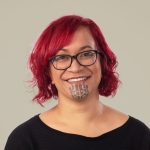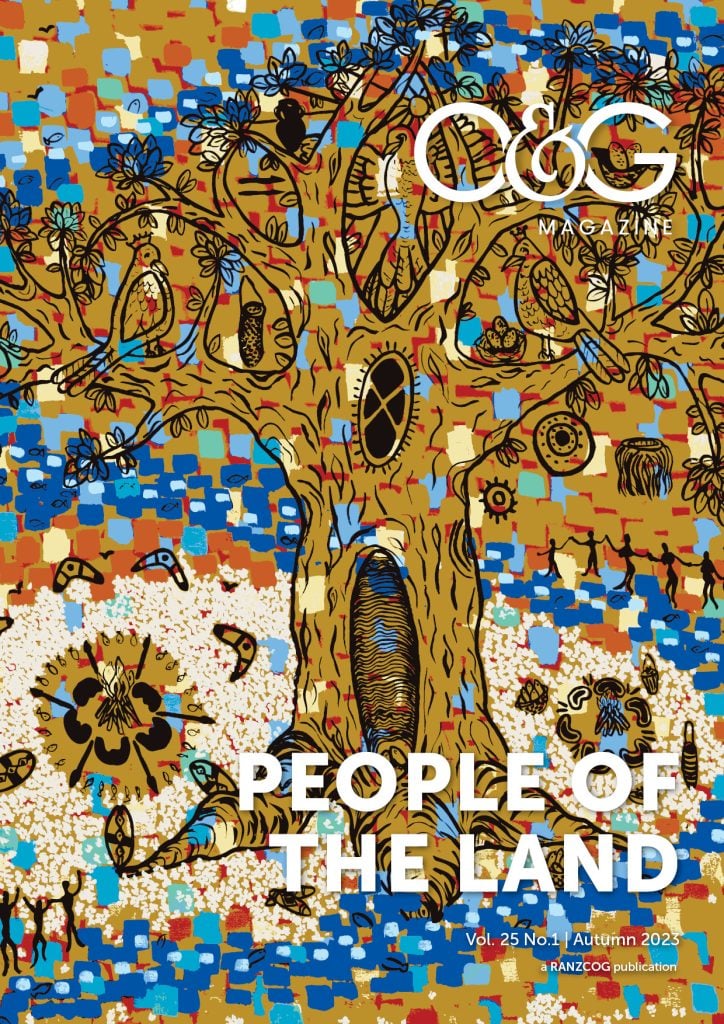“In Aotearoa people have differences in health that are not only avoidable, but unfair and unjust. Equity recognises different people with different levels of advantage require different approaches and resources to get equitable health outcomes.”
– Ministry of Health New Zealand.1
This article focuses on the history and development of cultural safety practice for health professionals in Aotearoa. While the definitions have been adapted over time, the primary goal remains to actively contribute to optimal health for Māori.
As an Indigenous clinician, the author also acknowledges those First Nations Australian academics, health professionals and equity champions who continue to advocate and push for equitable health outcomes in Australia. It is well documented that Indigenous peoples around the world have disproportionately worse health outcomes compared to non-Indigenous people. The colonial history of dispossession of land and resources, the suppression of Indigenous culture, and the exposure to racism have put Indigenous peoples at a disadvantage in accessing quality health care and achieving equitable health outcomes.
Achieving health equity is both a health need for Māori, and also a right under Te Tiriti o Waitangi. Tino rangatiratanga or self-determination, the provision and proper resourcing of Māori-led initiatives, and working with Māori in partnership to design and deliver health care are some of the principles that outline the Crown’s obligations to Māori in achieving health equity.2
Cultural safety was first introduced in the late 1980s by the nursing profession here in Aotearoa, and much is owed to Dr Irihapeti Ramsden and those Māori nurses who defined cultural safety as:
“A focus for the delivery of quality care through changes in thinking about power relationships and patients’ rights”.3
In 2019, Curtis and colleagues4 conducted a review of cultural competency and cultural safety terms and definitions, which provided an analysis used to inform the New Zealand Medical Council who were reviewing their approach to cultural competency standards for New Zealand doctors. The definition for cultural safety Curtis et al proposed is as follows:
“Cultural safety requires healthcare professionals and their associated healthcare organisations to examine themselves and the potential impact of their own culture on clinical interactions and healthcare service delivery. This requires individual healthcare professionals and healthcare organisations to acknowledge and address their own biases, attitudes, assumptions, stereotypes, prejudices, structures and characteristics that may affect the quality of care provided. In doing so, cultural safety encompasses a critical consciousness where healthcare professionals and healthcare organisations engage in ongoing self-reflection and self-awareness and hold themselves accountable for providing culturally safe care, as defined by the patient and their communities, and as measured through progress towards achieving health equity. Cultural safety requires healthcare professionals and their associated healthcare organisations to influence healthcare to reduce bias and achieve equity within the workforce and working environment.”
The Medical Council of New Zealand then released their Statement on Cultural Safety5 in 2019 which outlined standards of practice for New Zealand doctors. These drew on work by Ramsden and Curtis with the following key points:
- Cultural safety focuses on the patient experience to define and improve the quality of care. It involves doctors reflecting on their own views and biases and how these could affect their decision-making and health outcomes for the patient.
- The Medical Council has previously defined cultural competence as: “a doctor has the attitudes, skills and knowledge needed to function effectively and respectfully when working with and treating people of different cultural backgrounds”. While it is important, cultural competence is not enough to improve health outcomes, although it may contribute to delivering culturally safe care.
- Evidence shows that a competence-based approach alone will not deliver improvements in health equity.
- Doctors inherently hold the power in the doctor-patient relationship and should consider how this affects both the way they engage with the patient and the way the patient receives their care. This is part of culturally safe practice.
- Cultural safety provides patients with the power to comment on practices, be involved in decision-making about their own care, and contribute to the achievement of positive health outcomes and experiences. This engages patients and whānau in their health care.
- Developing cultural safety is expected to provide benefits for patients and communities across multiple cultural dimensions which may include Indigenous status, age or generation, gender, sexual orientation, socioeconomic status, ethnicity, religious or spiritual belief and disability. In Aotearoa New Zealand, cultural safety is of particular importance in the attainment of equitable health outcomes for Māori.
Recognising that doctors need support in developing their skills and knowledge of cultural safety, the Council of Medical Colleges New Zealand, in partnership with Te Ohu Rata o Aotearoa (Te ORA Māori Medical Practitioners Association), have developed the Cultural Safety Training Plan for Vocational Medicine in Aotearoa,6 released in January 2023. This document outlines a conceptual framework of cultural safety, placing at its centre the commitment to actively contribute to optimal health for Māori. It discusses key concepts that underpin optimal health for Māori which include Te Tiriti o Waitangi, equity of health outcomes, Indigenous rights, actively challenging racism, and social justice.
It defines key proficiencies for culturally safe practitioners as:
- engaging in ongoing development of a critical consciousness,
- examining and redressing power relationships,
- committing to transformational change, and
- ensuring that cultural safety is determined by patients and the communities served.
The Training Plan then provides a teaching and assessment rubric to support understanding and development of cultural safety, and a self-assessment tool for monitoring progress. The Training Plan is intended to be used across the medical disciplines, and “to present new training in a format that is easily recognised by practitioners using teaching and assessment methods that are familiar.” The Training Plan is an important step in embedding cultural safety as a normal and standardised practice for medical professionals. Read the full document on the Council of Medical Colleges (CMC) website.7
Cultural safety is not confined to the individual health professional. Health practices and health systems are often structured in ways that do not engage patients, further exacerbating health inequities. The principles outlined for cultural safety also need to be applied to our clinics, our hospitals and our health system. In Aotearoa, the recent health reforms and the formation of Te Aka Whai Ora (the Māori Health Authority) are a recognition that the previous health system has historically underserved Māori, and that in order to strive for equitable outcomes a “new” approach to providing health care for Māori is required.
The challenge for us all as health professionals is to be the change agent. To reflect on our own beliefs and attitudes when engaging with patients and whānau. To take a step back and critique the environment and culture we work within and question whether it truly serves the patient in front of us. To challenge the unsafe practice of our colleagues, of our clinics and hospitals that perpetuate health inequities. To actively seek feedback from and listen to what patients and whānau are saying about the care we provide. To be open to sharing our power and influence. May we all be courageous and open to changing the status quo in the pursuit of health equity.
Mā te rongo, ka mōhio
Mā te mōhio, ka mārama
Mā te mārama, ka mātau
Mā te mātau, ka ora
From listening, comes knowledge
From knowledge, comes understanding
From understanding, comes wisdom
From wisdom, comes wellbeing
References
- https://www.health.govt.nz/about-ministry/what-we-do/work-programme-2019-20/achieving-equity
- Waitangi Tribunal. 2019. Hauora: Report on Stage One of the Health Services and Outcomes Kaupapa Inquiry. Wellington. Waitangi Tribunal. pp. 163–164
- Papps E, Ramsden I. Cultural safety in nursing: the New Zealand experience. Int J Qual Health Care. 1996;8(5):491–7
- Curtis et al. “Why cultural safety rather than cultural competency is required to achieve health equity”. International Journal for Equity in Health. 2019;18:174
- https://www.mcnz.org.nz/assets/standards/b71d139dca/Statement-on-cultural-safety.pdf
- https://www.cmc.org.nz/media/4xmpx1dz/cultural-safety-training-plan-for-vocational-medicine-in-aotearoa.pdf
- https://www.cmc.org.nz/media/4xmpx1dz/cultural-safety-training-plan-for-vocational-medicine-in-aotearoa.pdf






Leave a Reply